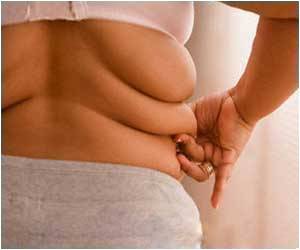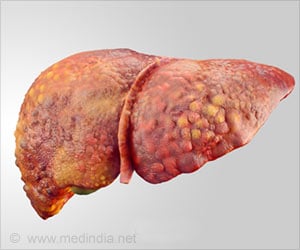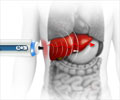Highlights
- In non-alcoholic fatty liver disease (NAFLD), fat gets deposited in the liver leading to serious consequences later in life.
- A multidisciplinary Expert Committee has recommended guidelines on the screening, diagnosis, treatment and follow-up care for adolescents and children with NAFLD.
The recommendations were developed by a multidisciplinary Expert Committee on NAFLD, commissioned by the NASPGHAN. Dr. Miriam B. Vos of Emory University and Children's Healthcare of Atlanta is lead author of the new report.
In NAFLD, fat gets deposited in the liver. If not attended to, it can progress to a more serious condition called, non-alcoholic steatohepatitis (NASH). NASH can cause inflammation and scarring of the liver tissue.
"NAFLD has rapidly evolved into the most common liver disease seen in the pediatric population and is a management challenge for the general pediatric practitioners, subspecialists, and health systems," Dr. Vos and coauthors write.
NAFLD may be present in 0.7% of the children aged 2-4 years and upto 38% of the obese children and adolescents.
If left unattended, later in life it may lead to end-stage liver disease, stroke, type 2 diabetes and liver cancer.
The evidence based recommendation made by the Expert Committee are as follows:
- Screening- All obese children between ages 9-11 years should be screened for NAFLD. Children predisposed to certain risk factors should also be included. Liver enzyme test (alanine aminotransferase, or ALT), can be performed at screening level.
- Diagnosis-Diagnosis includes testing for fat deposits called steatosis. If this is present, the possible cause should be assessed. Biopsy should be performed on a sample of liver tissue to check for disease advancement.
- Treatment- The basic steps of treating NAFLD include making lifestyle changes by improving diet and increasing physical activity. This will aid in weight loss which may help reduce fatty deposits in the liver. Current medications or supplements do not have proven benefit for NAFLD. In case of severe obesity in adolescents, weight loss surgery (bariatric surgery) may be considered.
- Long-term care- This includes management of patients with cardiovascular risk factors; avoiding activities that increase the toxicity of liver like binge drinking; and being alert for possible psychosocial issues in children living with NAFLD.
The researchers hope their recommendations will provide useful guidance for all professionals involved in assessing and managing NAFLD. This evidence-based approach remains flexible and adjustable for individual patients and circumstances.
Reference
- Vos, Miriram et al. NASPGHAN Clinical Practice Guideline for the Diagnosis and Treatment of Nonalcoholic Fatty Liver Disease in Children. Journal of Pediatric Gastroenterology and Nutrition (JPGN); (2016) doi: 10.1097/MPG.0000000000001482
Source-Medindia















